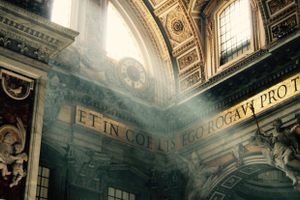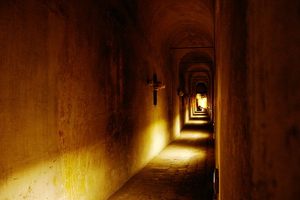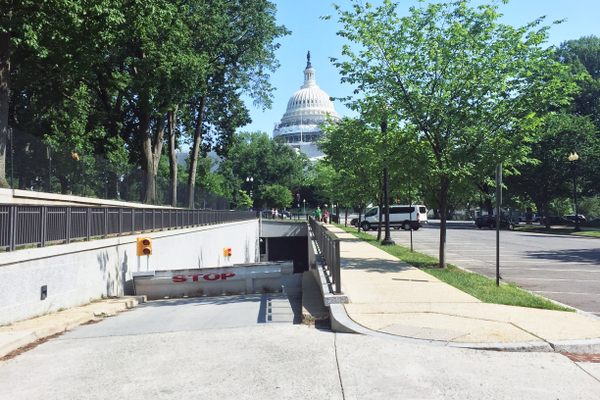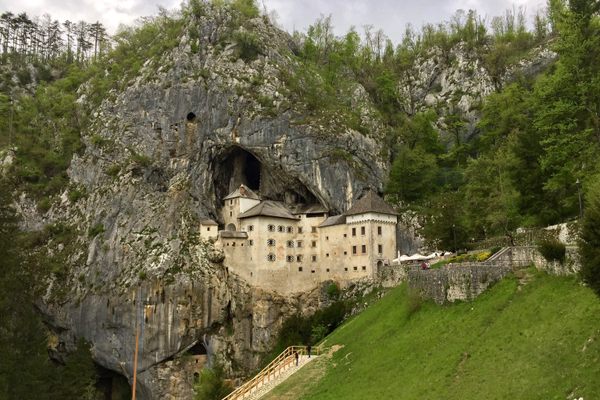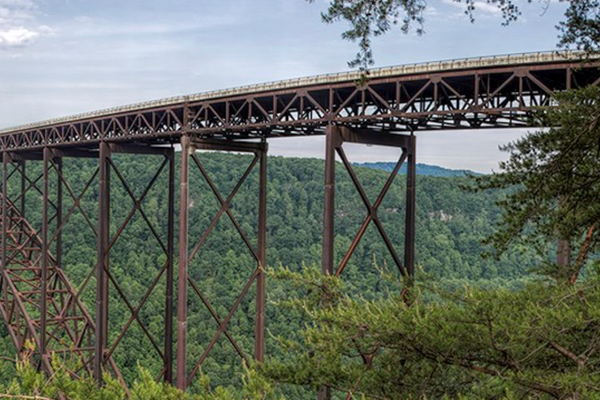About
On May 6, 1527 a rogue army of 35,000 mercenaries and soldiers descended on Rome.
The Pope found himself on the wrong side of international land-grab politics, religious reformations that had been brewing since Martin Luthor’s protestations a decade earlier, and inconveniently located in a poorly defended vast palace of wealth: St. Peter’s basilica.
Only a small local militia and the Pope’s private Swiss Guard were on hand to defend the city.
As the defense failed and raiders entered the city, the Swiss Guard ushered Clement VII into a rarely used, worst-case scenario escape route, a centuries old secret passage leading to the heavily fortified Castel Sant’Angelo, 875 yards from the entrance at the Vatican. As the Pope fled down the passageway, allegedly bundling his long papal robes in his arms to keep from tripping, invaders entered the basilica, fighting the Swiss Guard on its steps. Of the 189 Swiss Guard on duty that day, only 42 survived.
The city fell swiftly and the Pope was held prisoner in the Castel for a month while the city was looted. It was reported that the population of Rome declined from 55,000 residents to just 10,000 in that time as locals were killed or fled for their lives.
After paying a ransom and being held by invading troops for another five months, the Pope finally escaped to Orvieto, disguised as a peddler.
The Passetto de Borgo looks to the casual eye like yet another old fortification wall, but in fact it still hides a secret passageway at the top. The earliest construction of the wall dates back as early as 850, but was created in its current form in 1277, then expanded and completed by the Borgia Pope Alexander VI in 1492, just in time for him to take advantage to flee invading Frenchmen two years later.
For years since the last papal escape the Passetto languished in declining condition, closed to visitors (although the Swiss Guard have always kept a key ready for the Pope, in case of another emergency). In 2000, in honor of the Pope’s Jubilee year, the Passetto was renovated and temporarily re-opened. It now opens to visitors for a limited time each summer.
The Vatican's Swiss Guard honor the fallen heroes of 1527 each year by initiating new recruits on May 6.
Related Tags
Flavors of Italy: Roman Carbonara, Florentine Steak & Venetian Cocktails
Savor local cuisine across Rome, Florence & Venice.
Book NowPublished
July 23, 2010


















